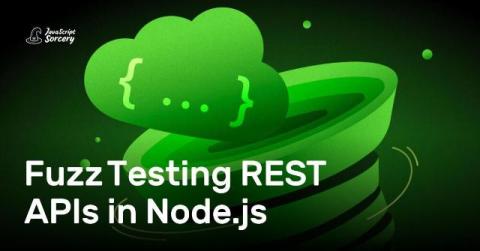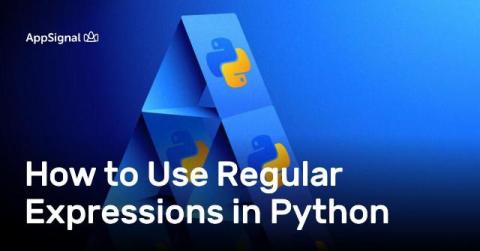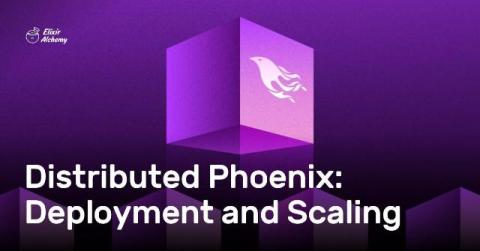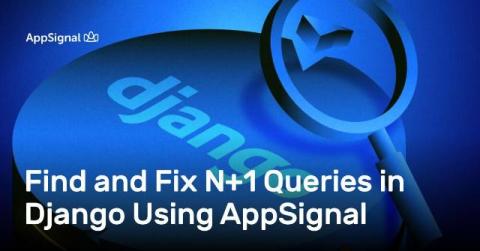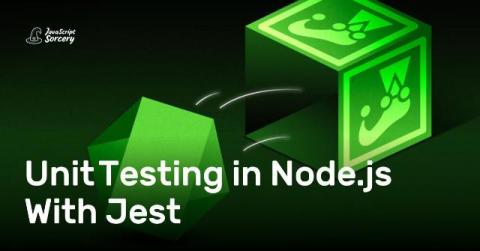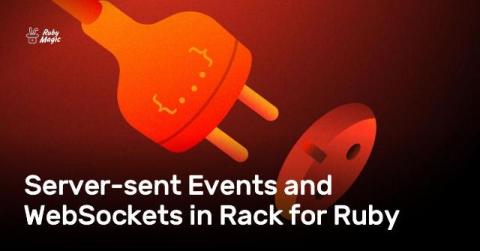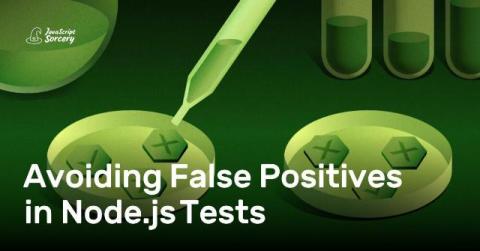Fuzz Testing REST APIs in Node.js
It’s not enough to just test our code's happy path (in other words, the error-free path we hope our users will take). To be really confident our code can’t be abused, either accidentally or on purpose, we must actively attack it to try and find ways of breaking it. If we don’t do this, someone else will, and they probably won’t be as friendly.


